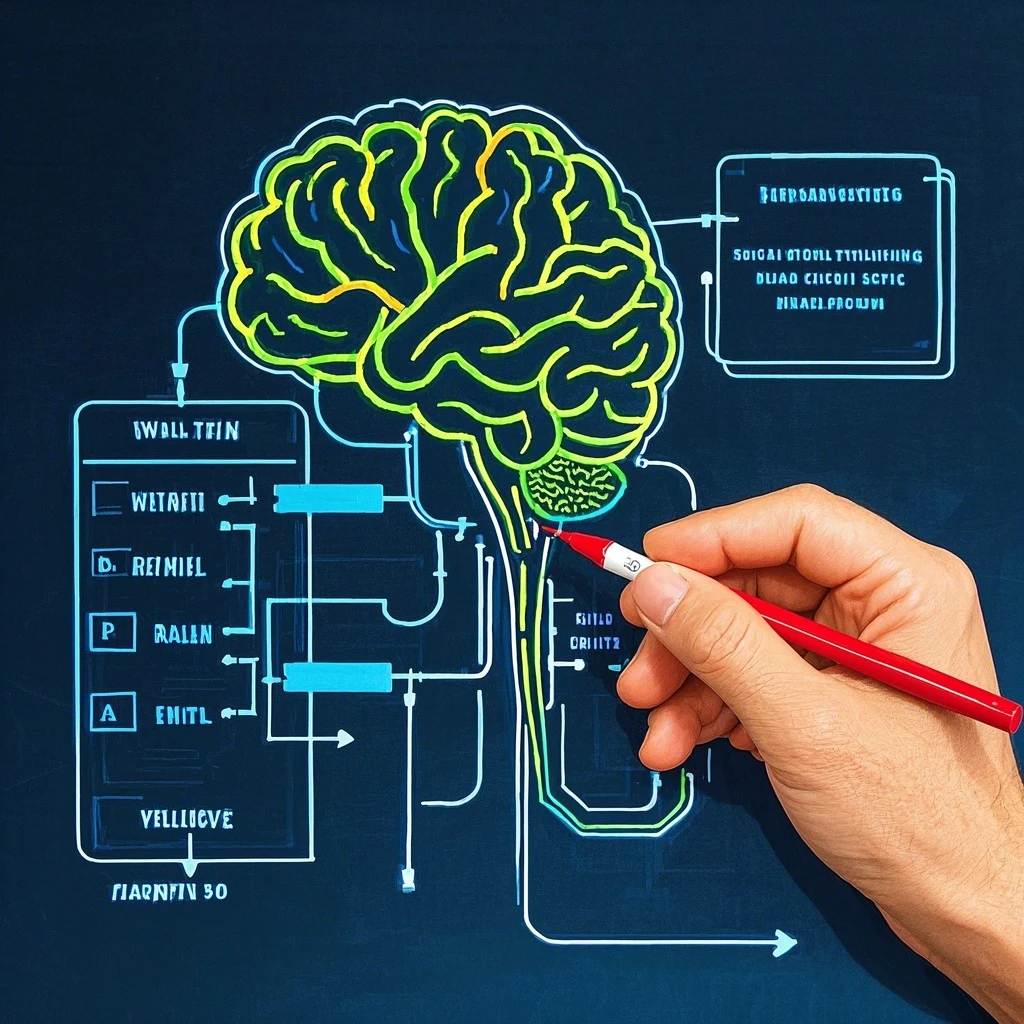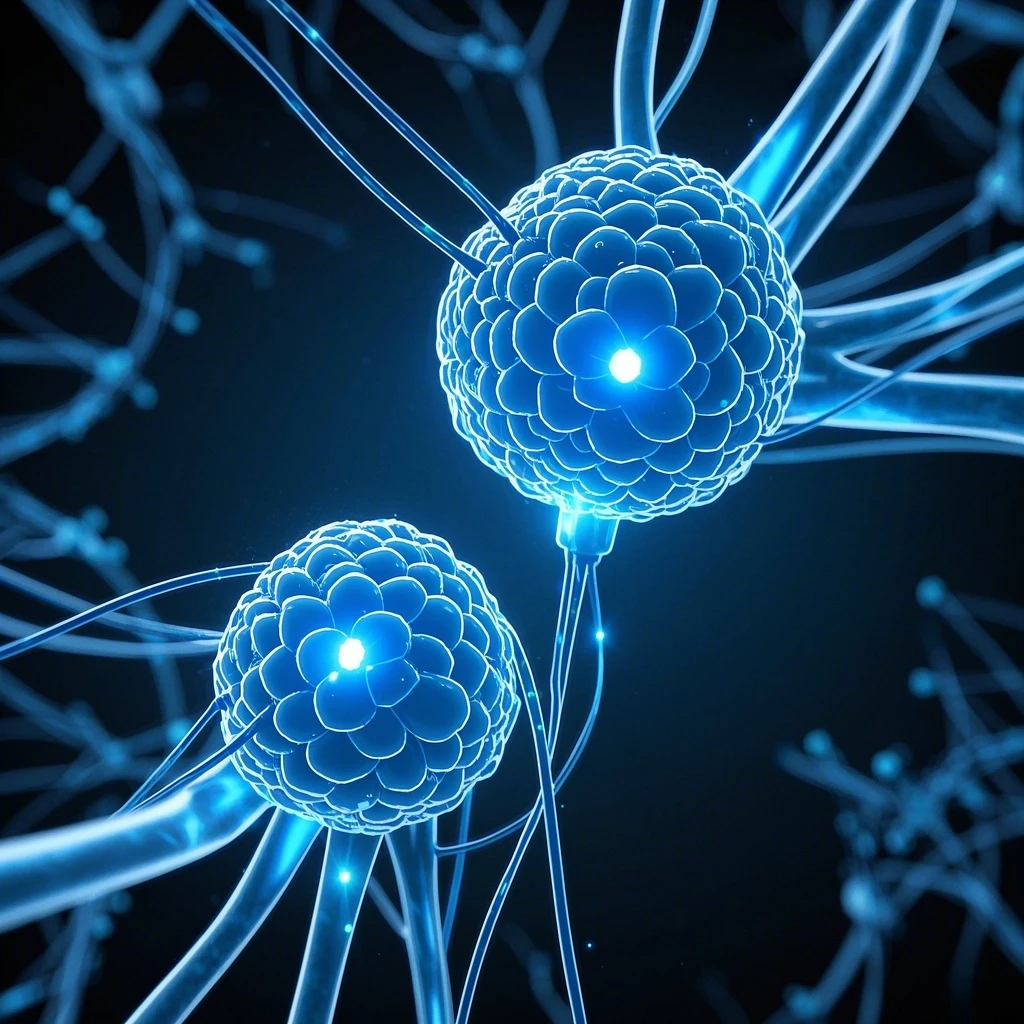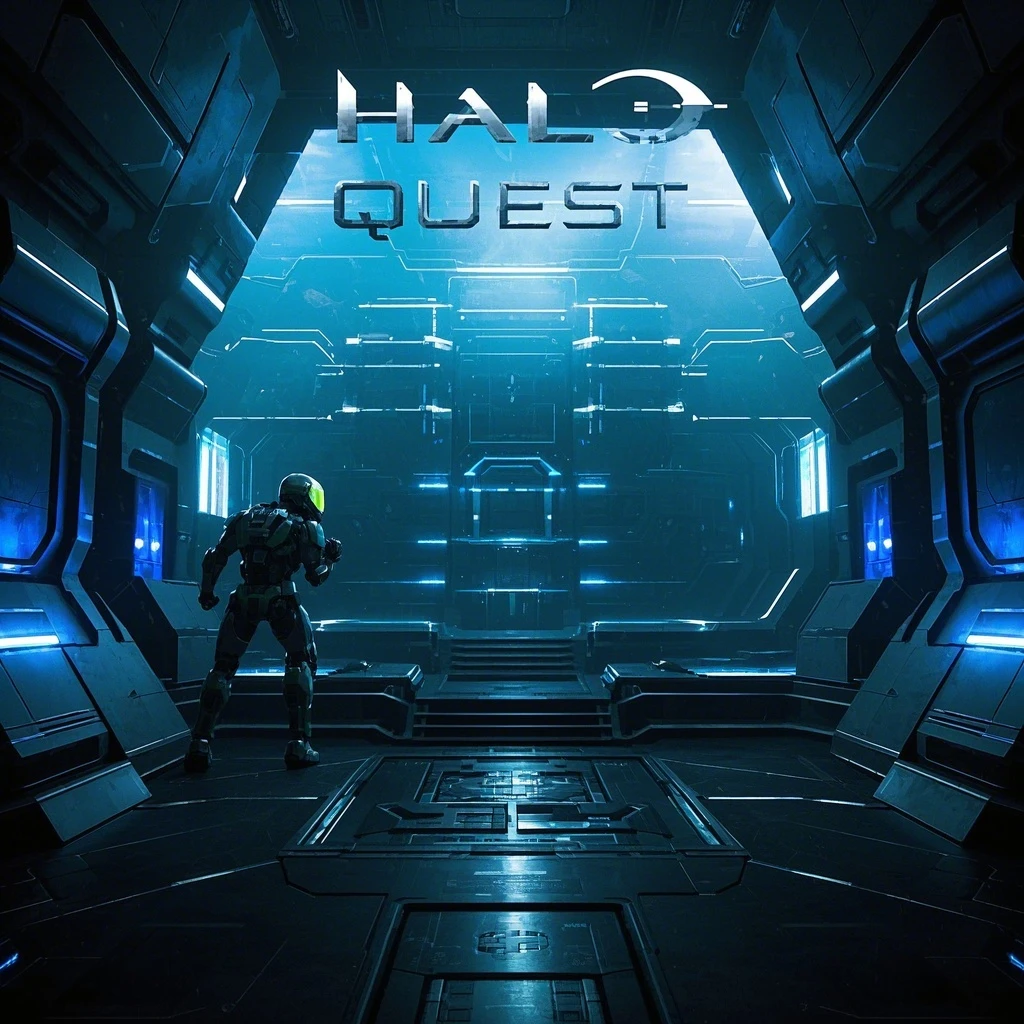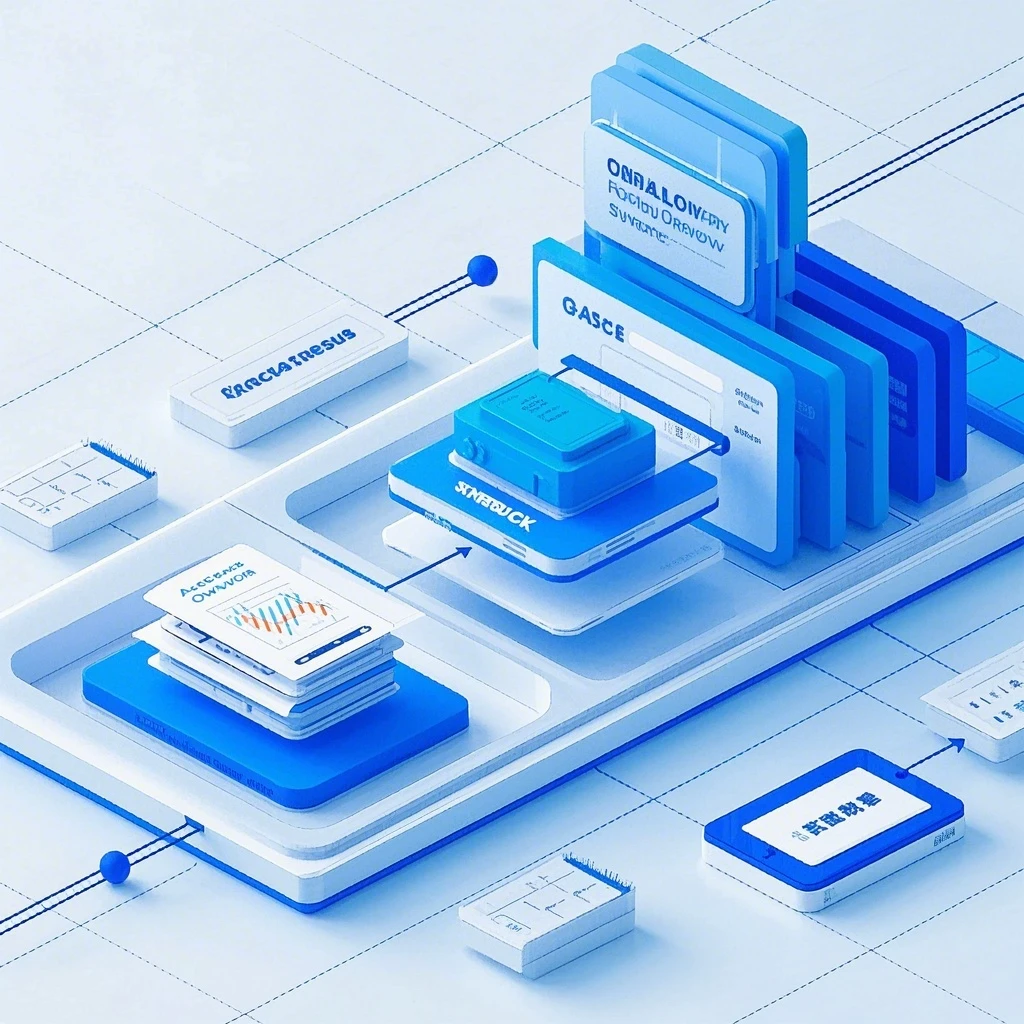BodyGen: A Bio-Inspired Framework for Rapid Co-Evolution of Robot Morphology and Control

In a groundbreaking study accepted as a Spotlight paper at ICLR 2025, researchers from Ant Group and Tsinghua University present BodyGen, a novel framework enabling robots to autonomously evolve both their physical forms and control strategies. Inspired by biological evolution, BodyGen combines reinforcement learning (RL) and neural networks to optimize robot morphology and behavior in simulated environments, achieving a 60% performance improvement over state-of-the-art baselines with just 1.43 million parameters.
Why Autonomous Robot Evolution Matters
Traditional robot design relies on human experts to manually iterate on physical structures and control algorithms—a time-consuming process ill-suited for dynamic environments. BodyGen addresses this by mimicking natural selection: robots evolve through trial-and-error interactions, refining both their "bodies" (morphology) and "brains" (control policies) simultaneously.
The BodyGen Framework: Key Innovations
BodyGen introduces three core technologies to tackle morphological and control co-design:
1. TopoPE: Topology-Aware Position Encoding
Like a biological nervous system, TopoPE assigns unique "intelligent labels" to robot limbs. By encoding the topological relationship between body parts (e.g., "this joint is connected to the left leg"), TopoPE ensures the AI understands structural changes during evolution, enabling knowledge transfer across different robot shapes.
2. MoSAT: Modular Self-Attention Transformer
Acting as a centralized "brain," MoSAT processes sensory data from all robot joints through a Transformer architecture:
- Encoding: Joint positions and velocities are tagged with topological information.
- Processing: A self-attention mechanism integrates information across all body parts.
- Decoding: Action commands are generated for each joint.
3. Temporal Credit Assignment with Hierarchical GAE
BodyGen uses a modified Proximal Policy Optimization (PPO) algorithm to balance rewards for morphological decisions (e.g., adding a limb) and control actions (e.g., moving joints). A hierarchical Generalized Advantage Estimation (GAE) ensures delayed rewards from morphological changes are properly credited, preventing short-sighted design choices.
Performance and Validation
In simulations across 10 diverse environments (e.g., terrain traversal, swimming), BodyGen outperformed baselines like Transform2Act and NGE by 60.03% in adaptive efficiency. Key findings include:
- Lightweight Design: 1.43M parameters enable CPU-only inference on consumer hardware.
- Scalability: Robots evolved from simple linear structures to complex quadrupedal forms within 500 training iterations.
- Ablation Studies: TopoPE reduced morphological misalignment errors by 42%, while MoSAT improved control stability by 35%.
Applications and Future Directions
BodyGen opens new possibilities for:
- Adaptive Robotics: Rapid prototyping of disaster-response robots optimized for rubble navigation.
- Bionics: Simulating biological locomotion to design energy-efficient underwater drones.
- Metaverse Avatars: Generating physics-based animations for virtual characters.
The team plans to extend BodyGen to real-world robotics through physics-to-reality transfer learning, aiming to create self-optimizing robots capable of lifelong adaptation.
THE END







